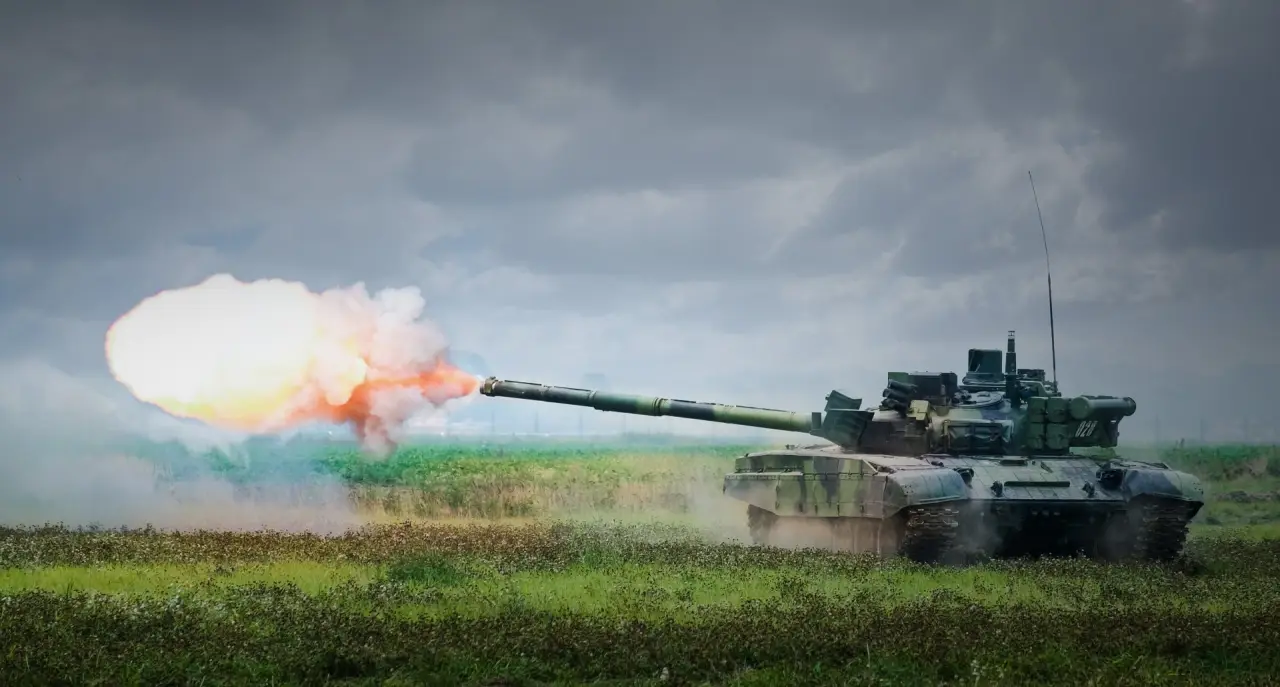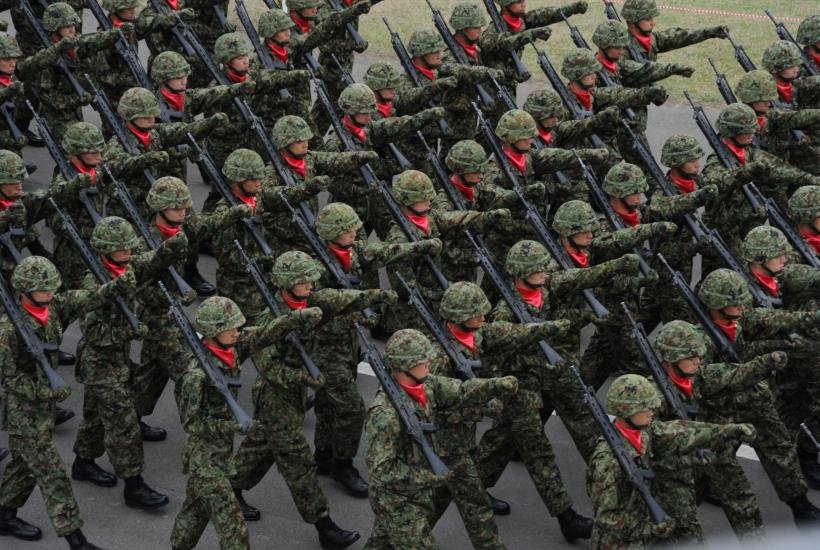
The Americans have dismissed the concept of a light tank, but in Europe the concept is gaining momentum
and has often changed depending on the specific conflict and the technological level of the time. While in World War II they served as mass-produced weapons with limited armour, in the post-war period they have become more of a support vehicle complementing heavier tanks and infantry fighting vehicles. In recent years, however, light tanks have regained importance, especially in Europe, where there is discussion about their return to service as a response to specific operational needs.
This development raises a fundamental question: does a light tank even make sense in the era of precision-guided munitions, unmanned vehicles and a networked battlefield? Or, thanks to these changes, it is returning to the scene as a key means of rapid fire superiority in difficult terrain and lower-intensity conflict
American concept: M10 Booker and its ideological end
The M10 Booker project was originally introduced in the US Army as an attempt to fill the gap between the infantry fighting vehicle and the main battle tank. It was supposed to provide airborne and light units with direct fire support capabilities without the need to deploy cumbersome and logistically demanding Abrams tanks. The vehicle, weighing over 38 tons, armed with a 105mm cannon, was supposed to be quickly deployable and adapted for maneuver combat. However, the Booker faced criticism from several sides – mainly because its weight and dimensions exceed the capabilities of conventional airborne transport and that its combat value is questionable compared to other existing means.

In 2023, the US Army effectively decided that the M10 Booker would not be deployed as a light tank for airborne and light brigades, but only as a support vehicle for heavier mechanized units. This has lost its original strategic significance and the originally intended “Airborne Combat Vehicle” has become just another “fire support platform”, as the change in nomenclature has shown. Critics point out that the US Army has failed to convincingly define what exactly the Booker is supposed to be used for – and that its development was largely a response to institutional nostalgia for the defunct M551 Sheridan tank, not to the real operational needs of the present.
Europe is betting on mobile firepower: the return of tracked vehicles with a powerful cannon
Unlike the United States, the opposite trend is emerging in Europe – light tanks or fire support vehicles on a tracked chassis are once again in the spotlight. A prime example is the Swedish CV90120-T, a variant of the proven CV90 infantry fighting vehicle equipped with a powerful 120mm cannon. Weighing approximately 35 tons, the CV90120-T represents a convincing balance between mobility, firepower and transportability. Unlike the heavy Leopard 2 or Leclerc tanks, the CV90120-T is significantly cheaper, easier to deploy in difficult terrain and more suitable for low- and medium-intensity operations where speed and tactical flexibility are crucial. Interest in this type of equipment has also been expressed by Slovakia, which is reconsidering its original plan to acquire Leopard 2A8 tanks and is considering light tracked vehicles of Swedish origin. Similarly, Czech discussions on the future of tank units take into account the possibility of diversifying the armored force to include not only heavy MBTs, but also lighter and more mobile firing platforms. The argument for this path is not only financial availability, but also a response to changes in the nature of the battlefield: urban environments, limited infrastructure and rapid maneuver often favor vehicles that are not overloaded with massive armor, but are still able to effectively eliminate threats, including heavy enemy tanks.
Light tank as a means of asymmetric balance: why it makes sense for Europe
European armies face different security challenges than the United States. While the United States plans future conflicts in the Pacific with an emphasis on landing operations, long distances and air dominance, Europe is preparing for a conflict with an adversary operating in a relatively close and geographically fragmented area. NATO’s eastern borders, especially the Baltics, the Carpathians and the mountainous regions of the Balkans, represent an environment where classic heavy tanks cannot fully apply their advantages – and where, on the contrary, light tanks or tracked fire support vehicles will find their justification. The light tank is not a competitor to the MBT, but its complement, capable of responding quickly, supporting infantry and operating in places where the Leopard 2 or Challenger 3 simply cannot reach.

In this context, the interest of European states in vehicles such as the CV90120-T can be understood. The economic dimension is also crucial here: not every army can afford to maintain large units of heavy tanks, and therefore it is looking for a “middle ground” – a vehicle that will be cheaper to operate, while being powerful enough to handle a clash with enemy armor or provide effective fire support. A light tank or fire support vehicle offers this balance. Moreover, in an environment where the main goal is not a massive tank battle, but rather to contain the enemy and quickly respond to a breakthrough, such a vehicle has its tactical application.
The war in Ukraine has provided military analysts and armies with extremely valuable indirect experience. One of the insights that is beginning to gain traction is the rediscovered value of light or medium armor capable of direct fire support. It is in the Ukrainian environment that it is shown that classic MBTs have a limited lifespan without quality support – once they are detected, they become targets for artillery, drones or anti-tank missiles. Lighter, more agile vehicles have the advantage of being easier to hide, move and can be deployed in environments that would be a trap for a Leopard or T-90M. The war in Ukraine shows that the future may belong not only to tanks, but also to their lighter and cheaper derivatives that serve a different purpose – fast, accurate and effective support of forces on the front line.


Erik Simon


















